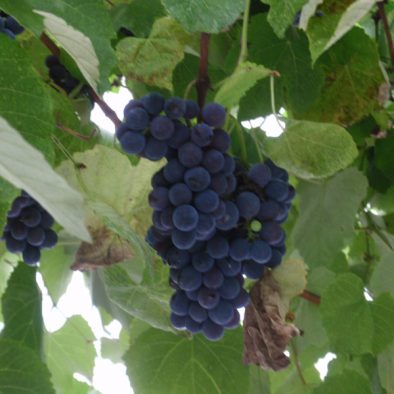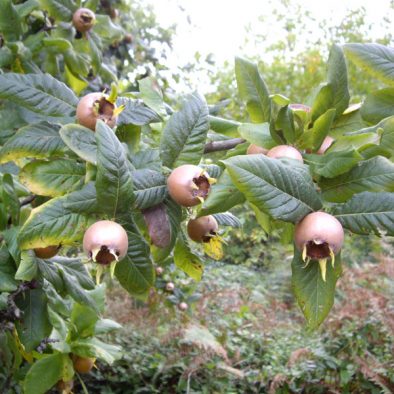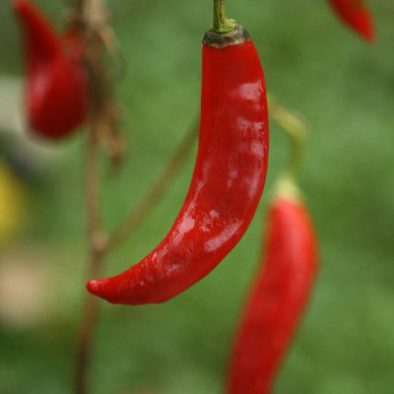LOCAL GASTRONOMY
Mt. Pelion‘s traditional cuisine is based on simple dishes made from ingredients that, when combined, can work miracles and produce amazing combinations of flavours. The ingredients come from small vegetable and herb gardens, from the potatoes grown in the local fields and the rich vegetation on the mountain side with its wealth of mushrooms, chestnuts, walnuts, wild greens, berries and fruit. Those ingredients, when combined with the small quantities of meat reared locally can produce unforgettable starters and main dishes.
The dietary customs and mores of a place are a key aspect of its local culture. Those habits have emerged as a result of the knowledge held by different groups within the local community, coupled with what the ecosystem offers. When it comes to cuisine, Mt. Pelion has an exceptionally large range of dishes to offer because during the period of Turkish occupation it was a place of refuge, welcoming people from many parts of Greece (Vlachs, Arvanites, Slavs, Epirots, lowland Thessalians, and people from Evia and the islands of the Aegean to mention a few), who soon mingled in with the locals, and because there is rich local flora and fauna.
In the modern age of globalisation, an attempt is being made to re-discover that wealth of flavours, not in a sterile endeavour to preserve traditions, but as a means of liberating creativity.
For that very reason, we suggest that you sample the local products and integrate them into your diet.
At AMANITA Guesthouse we study the culinary tradition of Pelion and trying to serve in our breakfast preparations.
Local products
In addition to mushrooms, there are quite a few very typical Mt. Pelion products.
- Tsitsiravla: The tips of the buds from wild pistachio trees gathered in the spring and preserved in brine with a little garlic. They make for a delectable starter when served along with tsipouro (a local drink not unlike grappa).
- Rock Samphire: A plant that grows on the coastline next to the waves. Rock Samphire is preserved in vinegar and makes and ideal addition to summer salads thanks to its interesting flavour.
- Elderflower: Elderflowers make an exceptional spoon sweet and jam.
- Wild asparagus: The wild asparagus’ tender tips emerge in spring and can be boiled as a salad or used to make omelettes tastier.
- Fern shoots: Tender fern shoots can be used to make fern dumplings or omelettes.
- Persimmon: The golden apples of the Hesperides. An autumn fruit which if left to mature becomes sweet and delicious. An excellent staple during the winter months.
- Firikia: A species of crab apple with an unusual shape, and unforgettable flavour. They keep well out of the fridge all during the winter.
- Strawberry grapes: A local grape variety used to produce wine with a very singular bouquet. This species is robust, highly productive and needs no pesticides. There is one in the courtyard of most old houses in the area, since it was used to provide deep shade thanks to its huge leaves.
- Pickles: Local pickles are made with a variety of winter vegetables (aubergine, green tomatoes, carrots, celery and others).
- Sausages: Local sausages used to make the Spetsofai dish (a type of casserole) are made from goat’s meat, mutton and pork.
- Honey: Local honey is collected from June onwards and is made from chestnut flowers or other forest flowers such as Clematis flammula (fragrant virgin’s bower).
- Wine: Local wine is made from the Strawberry Grape variety or mixes of various varieties with it. It is definitely worth tasting.



